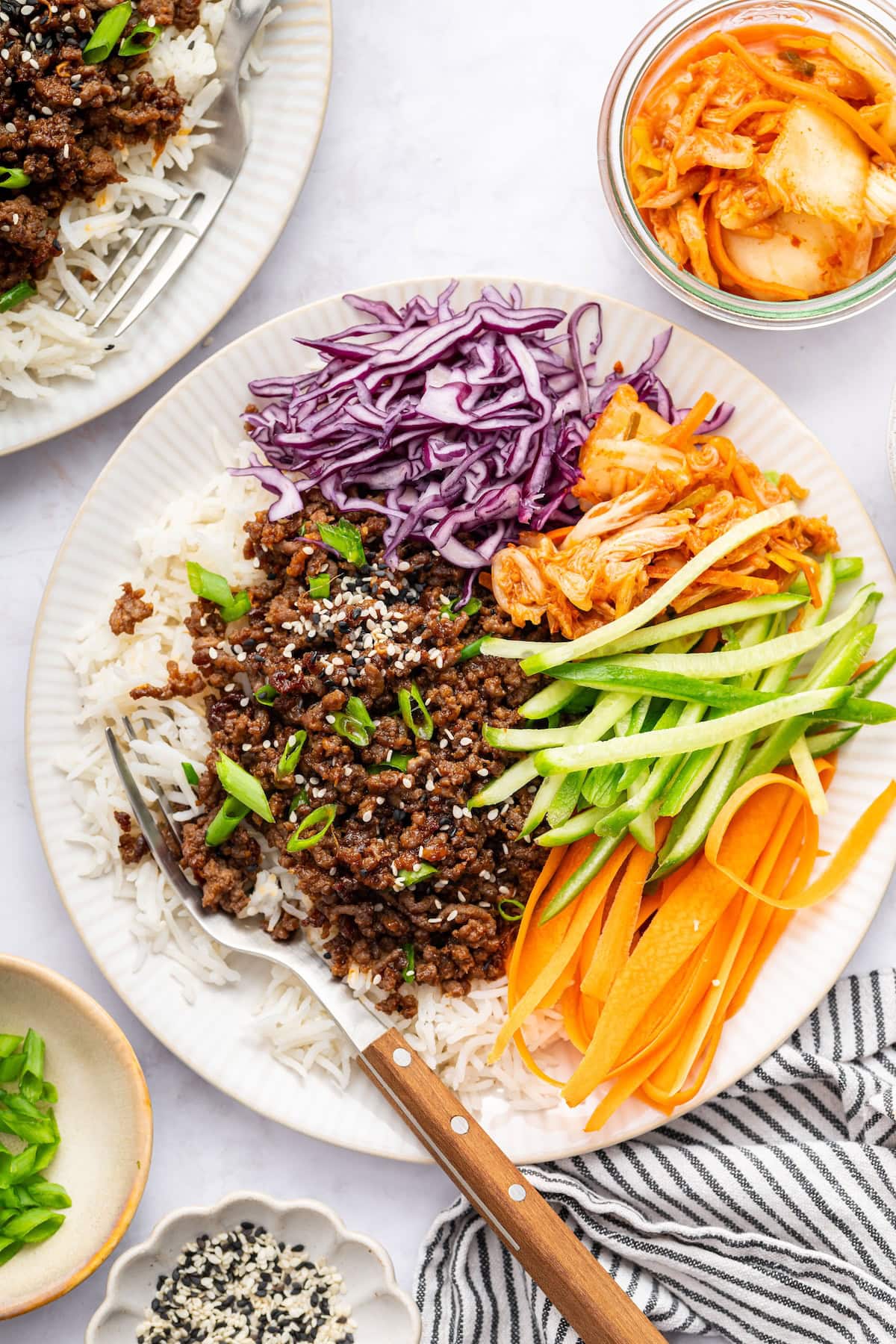For more than two decades, the premier freeride mountain bike competition, Red Bull Rampage, has featured the world’s best athletes in the iconic red-rock deserts of southwest Utah. And for the first time, eight of the world’s best female freeride athletes joined the ranks of freeride’s greatest to compete in the inaugural Red Bull Rampage women’s competition. It was a day to be remembered in mountain biking history.
All the attention was on the finals, held on October 10, when riders flashed down their lines in less than two minutes per run. It was a historic moment, years in the making, and regardless of the results, no one was happier to see it than Casey Brown. The Canadian women’s freeride pioneer has built her career around proving women belong at Rampage. In 2019, Brown even competed in the qualifying competition, Proving Grounds, hoping to earn a spot in the men’s competition. “Being here this year felt surreal,” says Brown. “The whole ten days [building lines at Rampage]. Waking up every morning going, ‘OK I’m going to go dig for my own line at Rampage,’ which is a dream come true. We all wanted this, and we got such an awesome zone to build our lines.”
Brown was referring to one of the things that makes Red Bull Rampage so special: Competitors ride their own custom-built lines. It may look like a one-day event to spectators, but the real competition started more than a week earlier, when athletes and their dig crews spent long days scouting and molding their lines. After creating a line featuring multiple vertical drops, step-downs, and jumps, Brown finished third—an amazing result on its own—and also earned the coveted McGazza Spirit Award, presented to the athlete who best exemplifies the spirit of freeride through camaraderie, sportsmanship, and passion for freeride. “I’m so honored to take the award home,” says Brown.
In a competition this tight, with so many elite riders, every part of the preparation process makes a difference, and Brown says using Samsung Galaxy Z Flip6 was key to her success. Building a line requires a fine balance of calculated risk versus reward, finding that razor’s edge between what’s possible—and what’s not. “It’s really impressive to see the builds going down and seeing what [the riders] create with the terrain that we’ve been given,” Brown says. “There is a lot of visual scoping and taking photos to get the lay of the land. Using the Z Flip6 has been awesome. You can stand it up on its own. You’re not struggling to find a place to set it when you’re trying to take a selfie from a distance with the crew. And all you have to do is show your hand to get it to start the timer, which is really cool. Also, I really like the camcorder-style filming. It feels a lot more natural. I love the FlexWindow. And the phone can fit in my pocket and hooks on so you can kind of have it hanging out if you want to film something on your bike. You can get a lot more content that way.”
Brown also relied heavily on Galaxy Ring to ensure she stayed in peak physical condition in the leadup to competition day. Thanks to Energy Score—a daily reading based on the previous day’s sleep, activity, and heart rate—she could ensure that she optimized recovery and stayed hydrated even after the most grueling days of digging and practicing lines.
“Samsung’s Galaxy Ring has really helped me map my sleep and gauge my energy for the day and be able to adjust,” Brown says. “It’s definitely full-on out here, and any little tool you can have that gets you a little bit ahead is a huge help. I also like that you can check your stats easily with Z Flip6’s FlexWindow—you don’t even have to open your phone. It’s also cool that you can gesture for a photo with Galaxy Ring by simply pinching your fingers together.”
Another female athlete, Argentinian Camila Nogueira, also used Galaxy Z Flip6 to refine her line, leveraging FlexCam with Galaxy AI to capture and analyze her run.
“Galaxy Z Flip6 is really pretty sick,” she says. “I can flip it to 90 degrees, and it’s really cool because I can put it anywhere on my course and just film from there. Also supercool: Galaxy AI lets me rewatch videos in slow-mo, and I can see exactly where I need to go slower and faster. It has so many AI tools that actually help to do [Rampage],” Nogueira adds. “The technology helps because first I can see my speed. If I want to check out something with more details, I can touch the screen and then slow-mo.” Using Instant Slow-Mo with Galaxy AI allowed Nogueira to fine-tune her speed and braking points.*
Because of the difficulty in designing and building a top-to-bottom run in less than a week, athletes often team up to take advantage of the terrain’s most challenging features. Brown and Nogueira linked up to create one of the most death-defying features of the women’s event, a rock roll nicknamed the Laundry Chute that required harnessing the dig team into ropes to access the terrain. Using Galaxy AI on their Z Flip6 phones, Brown and Nogueira could reimagine what was possible and assess terrain with precision.
In the aftermath of this historic event, one thing is clear: The future of freeride mountain biking is being reimagined—by not only the athletes but also the technology empowering their ambitions. Whether you’re a professional rider sending it over canyon gaps in the Utah desert or a local hero looking to share your latest ride with friends, Samsung Galaxy devices are helping athletes take their riding to the next level.
*However, like all the riders, Nogueira is always pushing what’s possible in the sport—she suffered a crash in training that left her unable to compete in the finals.
Publisher: Source link



